



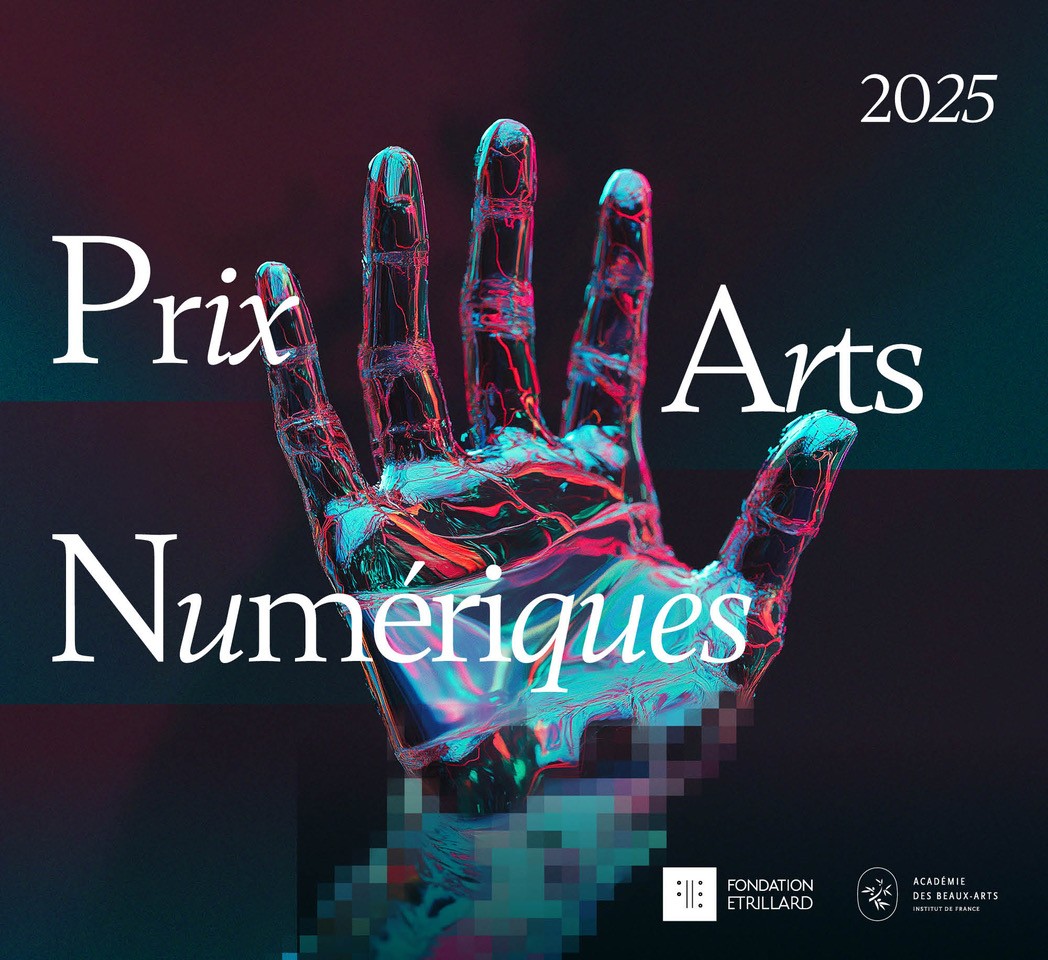


The Fondation Etrillard and the Académie des beaux-arts are launching the Prix Arts numériques (Digital Arts Prize). This is the first time that digital art has entered the French Academy of Fine Arts.
Open to candidates of all nationalities living in Europe, with no age limit, this new prize will be awarded each year for a recent digital artwork that resonates with the artistic disciplines represented at the Academy. This collaboration between the French Academy of Fine Arts and the Foundation is part of a desire to promote digital art as an artistic discipline in its own right, extending the history of the arts into the modern age of new technologies. Interdisciplinarity and dialogue between tradition and new media are thus at the heart of the Prize.
Following a call for entries and the selection of three finalists, the jury will choose one winning work. The prize, which recognises the artist's career and work, will be worth €20,000.
Contact:
Raphaëlle Sabouraud
+41 78 337 82 27 / +41 22 318 59 50
raphaelle.sabouraud@fondationetrillard.com
Eligible work:
- Digital artwork, whatever the medium used (AI, generative art, net art, robotics, mapping, virtual reality...)
- Existing work: the artist submits a work created between 2021 and 2024 and publicly exhibited
- Work that echoes one or more of the Academy's disciplines: painting, sculpture, architecture, engraving and drawing, music, cinema, photography and choreography.
Eligible artists:
- Artists or artistic groups with proven professional experience
- No age limit
- All nationalities, provided they are resident in Europe (see list of countries in the competition rules)
Valérie Belin
Photographer, visual artist and member of the Academy of Fine Arts
Why did you agree to take part in this new Digital Arts Prize?
‘I agreed to take part in this prize as a member of the photography section at the Academy of Fine Arts, because it is part of my mission, and also because it is a subject that interests me as a photographer and out of personal curiosity. I am curious to see to what extent digital art can maintain links with traditional disciplines such as photography, for example. I think it is important to reward digital arts because it is a new field of experimentation that deserves investigation and promotion.’
How do you perceive the dialogue between digital arts and photography?
‘I have no preconceptions on the subject, only a few hunches. In a way, digital art has already integrated photography - and photography has probably influenced certain practices in the field of digital art. So I remain curious about the subject. The aim of this prize will therefore be for me to propose new avenues of analysis of the relationship between this new discipline and more traditional disciplines, of which photography is now a part.’
As a juror, what do you expect from the works nominated for the Prize?
‘I expect the works to establish a link between technological innovation and artistic demand. Beyond digital prowess, they should offer a unique vision, an emotion, a reflection on our era or on the artistic disciplines they reinterpret. Audacity, coherence and the ability to question the viewer's gaze will be essential criteria in my assessment.’
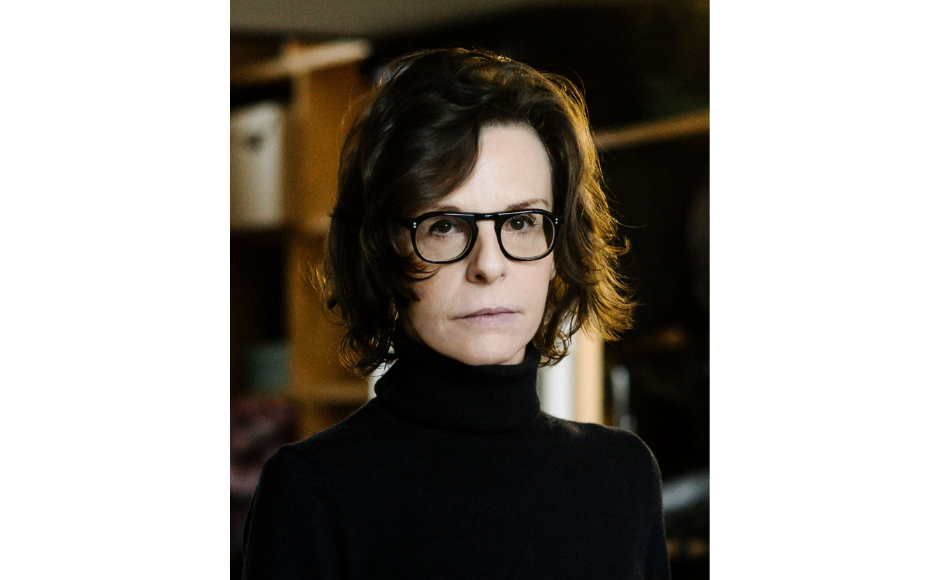
Valérie Belin © Frédéric Stucin
Patrick Flandrin
Physicist, member of the Academy of Sciences
Why did you want to take part in this new Digital Arts Prize?
‘We live in a world where digital technology is playing an increasingly important role, and artistic activities are no exception. New opportunities are being offered, opening the way to forms of creation that complement more traditional approaches or that can stand out from them, both in their conception and in their dissemination. This new Prize is a wonderful initiative to help raise awareness and recognition of the digital arts, and I am pleased and honoured to have been invited to participate as a juror.’
How do you perceive the dialogue between the digital arts and the sciences?
‘The arts and sciences have long nourished each other, whether it be to accompany a scientific discourse in a more sensitive way or to rely on the possibilities offered by science or technology for the elaboration of a work - chemistry of pigments for painting, chemistry again, optics and electronics for photography, etc. The shift to a digital world is broadening these horizons and renewing the dialogue between arts and sciences, even touching on profound questions relating to creation itself, when thinking about generative artificial intelligence, for example.’
What do you expect from the works nominated for the Prize?
‘By combining art and digital technology, there are fascinating territories to explore. Beyond the simple use of digital tools as a means of bringing artistic productions to life, there is also room for more reflective questions about why these tools are used, the relationship they have with the world, the specificity of the resulting works, etc. These are just a few of the things I would expect from the works nominated for the Prize, without forgetting, of course, the direct emotion they can share with us!’
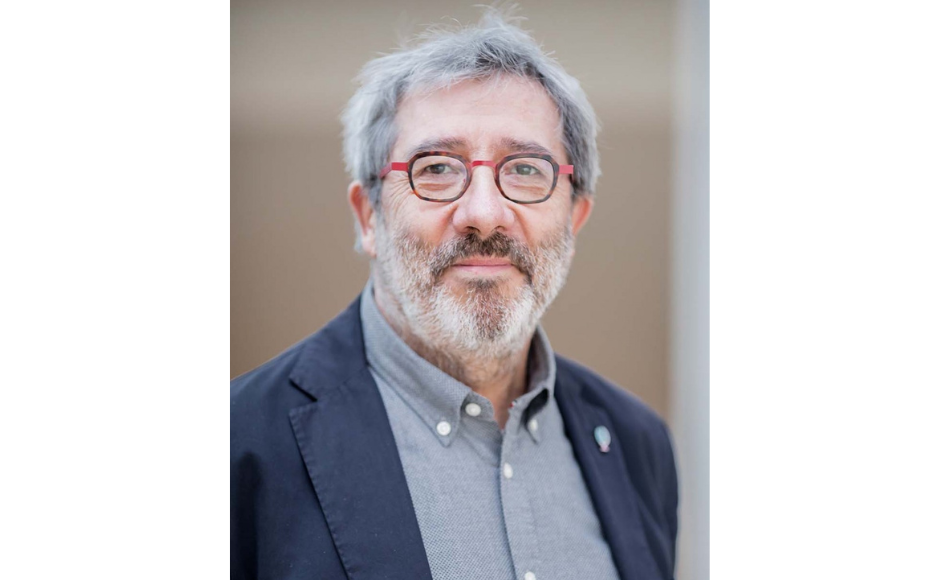
Patrick Flandrin
Jean-Marie Dallet
Digital artist, professor at the University of Paris 1 Panthéon-Sorbonne
Why did you want to take part in this new Digital Arts Prize?
‘Since I started my artistic career, after graduating from the Beaux-Arts de Paris in 1990, working with a computer to create works has immediately placed me in a field related to technology, engineering, even in the camp of supporters of a ‘mechano-sphere’ ideology , to use Guattari's word, with all the excesses that it implies and that we are observing today. Times have changed, and it is with satisfaction that I see digital art exhibitions occupying venues that are representative of art and important foundations supporting the effort of digital creation that seeks to question Man in and in relation to his environment in the 21st century.’
How do you perceive the dialogue between digital arts and the Academy's other disciplines?
‘Art is a question of language and of translating this sensitive alphabet into other disciplines, which allows for passages, interpretations and differences depending on the technical palette offered by the various mediums. While the operation of ‘art’ often consists of transferring elements from one alphabet to another, not everything is in everything. A whole section of the hyper-contemporary art that is digital art thus makes it possible to address the new human subjectivities produced by hyper-connected information societies. Let's not forget that today the image is playable!’
As a juror, what do you expect from the works nominated for the Prize?
‘What do we expect from a work of art in general? That it surprises us, confuses us, questions our senses, opens up perspectives that appeal to our intellect. I hope that we will receive many, many works with these qualities, so that the choice will be difficult and the discussions among the jurors fascinating.’
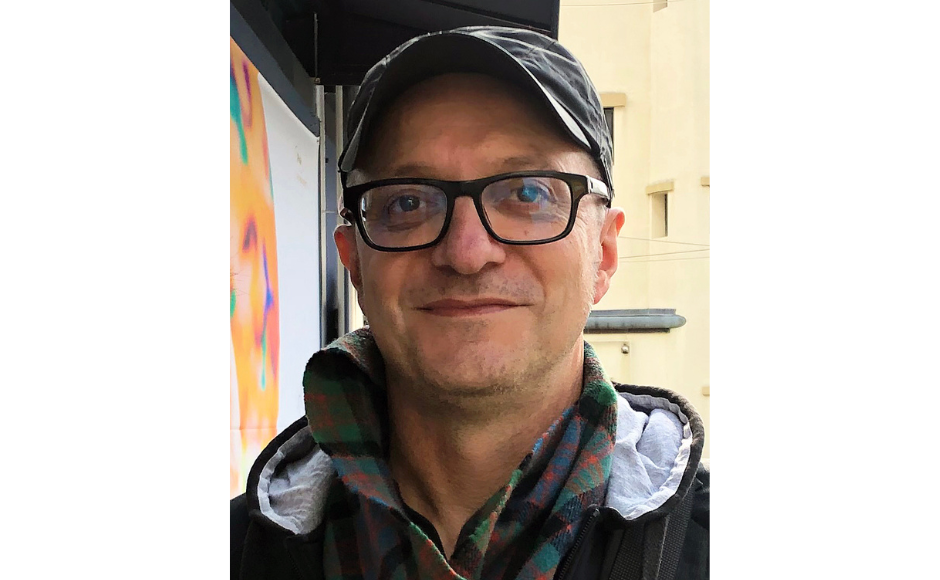
Jean-Marie Dallet
"This new Digital Arts Prize aims to become a major award in the field of new media in France and Switzerland, and more generally in Europe. It is part of the Fondation Etrillard's mission to build bridges between the different arts, while reconciling our cultural heritage with today's creative output. It is an honour to collaborate with the Académie des beaux-arts on this prize and to explore digital art, an art form that is in direct contact with contemporary issues and whose form is constantly being renewed".
Miguel Pérez de Guzman, Managing Director of the Fondation Etrillard
"Digital art opens up new and exciting possibilities. It is very stimulating to welcome this new artistic discipline as part of the Académie des beaux-arts' prizes, thanks to the proposal of the Fondation Etrillard, which I would like to thank for this wonderful initiative."
Laurent Petitgirard, Permanent Secretary of the Académie des beaux-arts
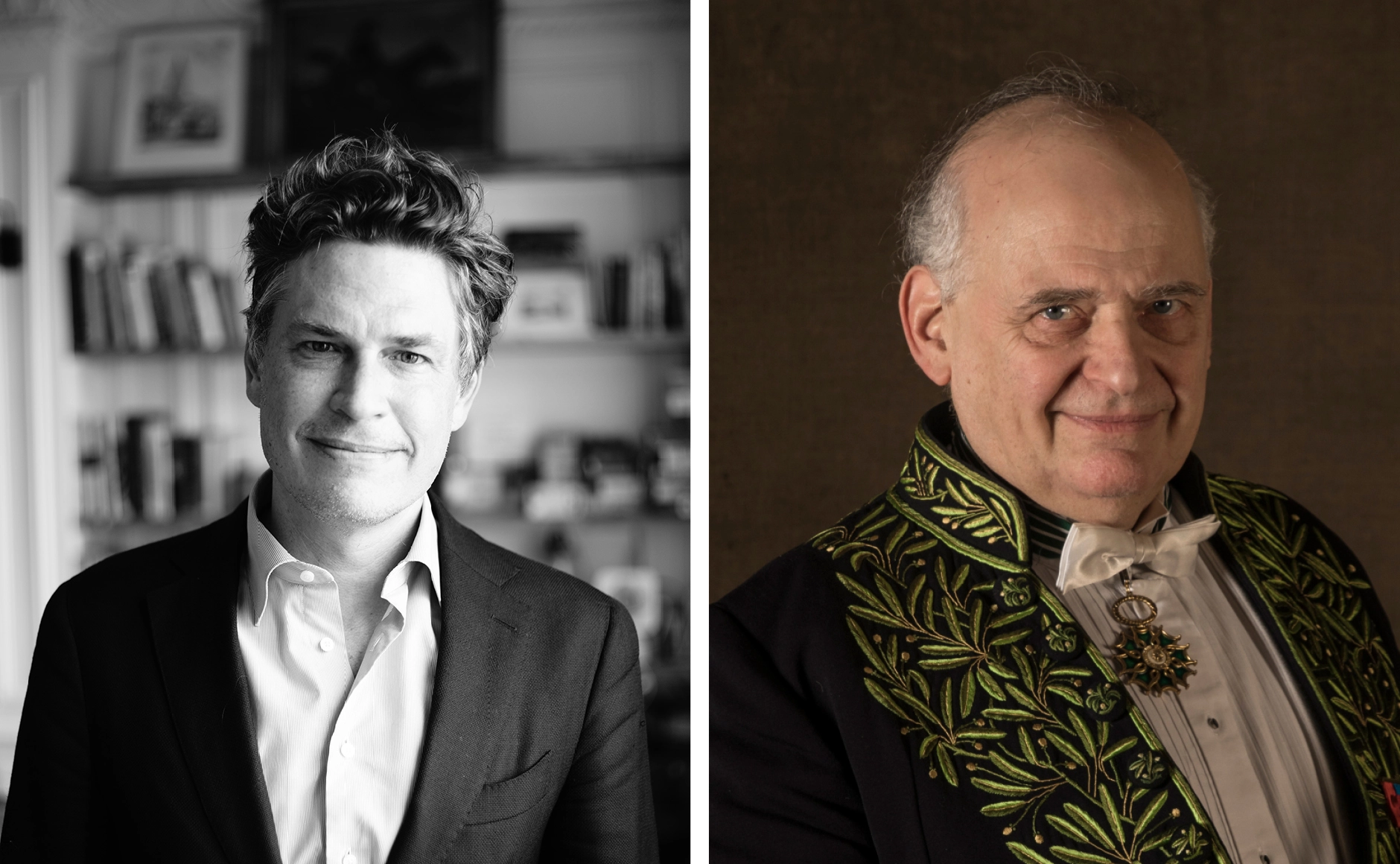
Miguel Pérez de Guzman © Photo: Alexis de la Mure / Laurent Petitgirard © Photo: Yann Arthus-Bertrand